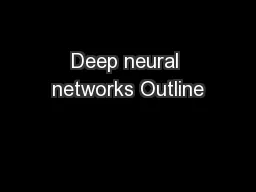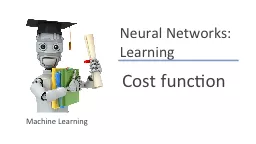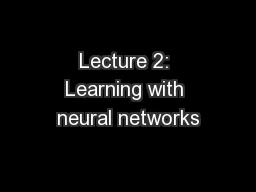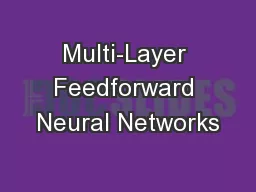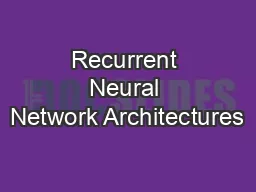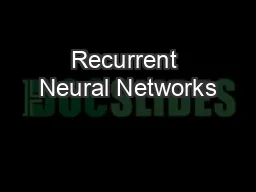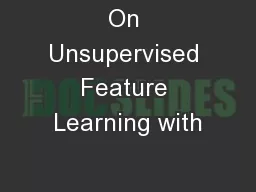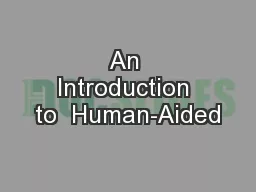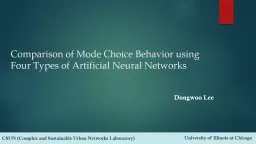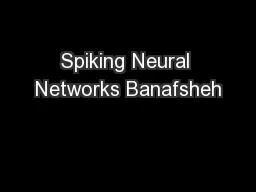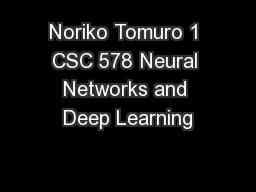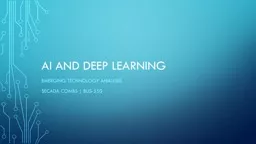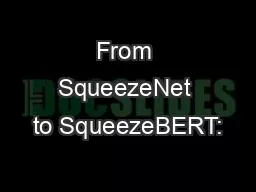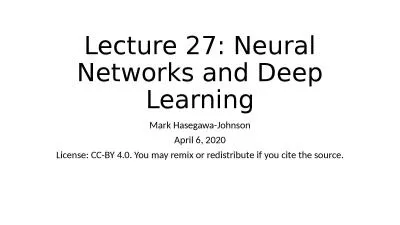PPT-Deep neural networks Outline
Author : luanne-stotts | Published Date : 2019-03-12
Whats new in ANNs in the last 510 years Deeper networks m ore data and faster training Scalability and use of GPUs Symbolic differentiation reversemode automatic
Presentation Embed Code
Download Presentation
Download Presentation The PPT/PDF document "Deep neural networks Outline" is the property of its rightful owner. Permission is granted to download and print the materials on this website for personal, non-commercial use only, and to display it on your personal computer provided you do not modify the materials and that you retain all copyright notices contained in the materials. By downloading content from our website, you accept the terms of this agreement.
Deep neural networks Outline: Transcript
Download Rules Of Document
"Deep neural networks Outline"The content belongs to its owner. You may download and print it for personal use, without modification, and keep all copyright notices. By downloading, you agree to these terms.
Related Documents

